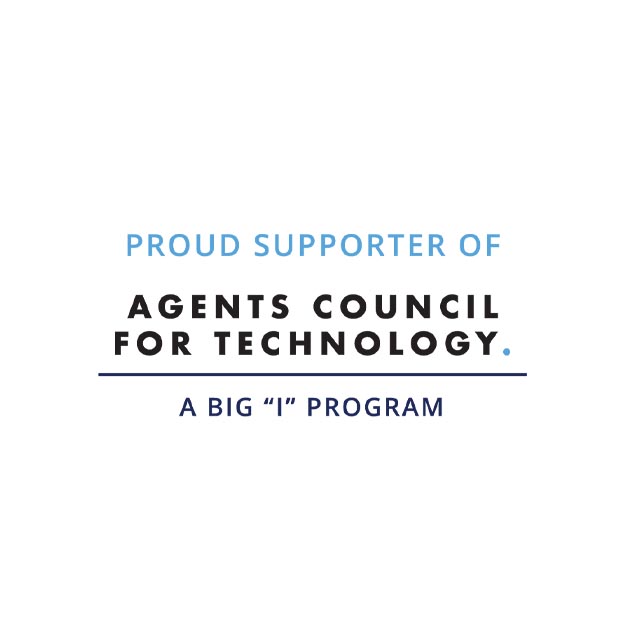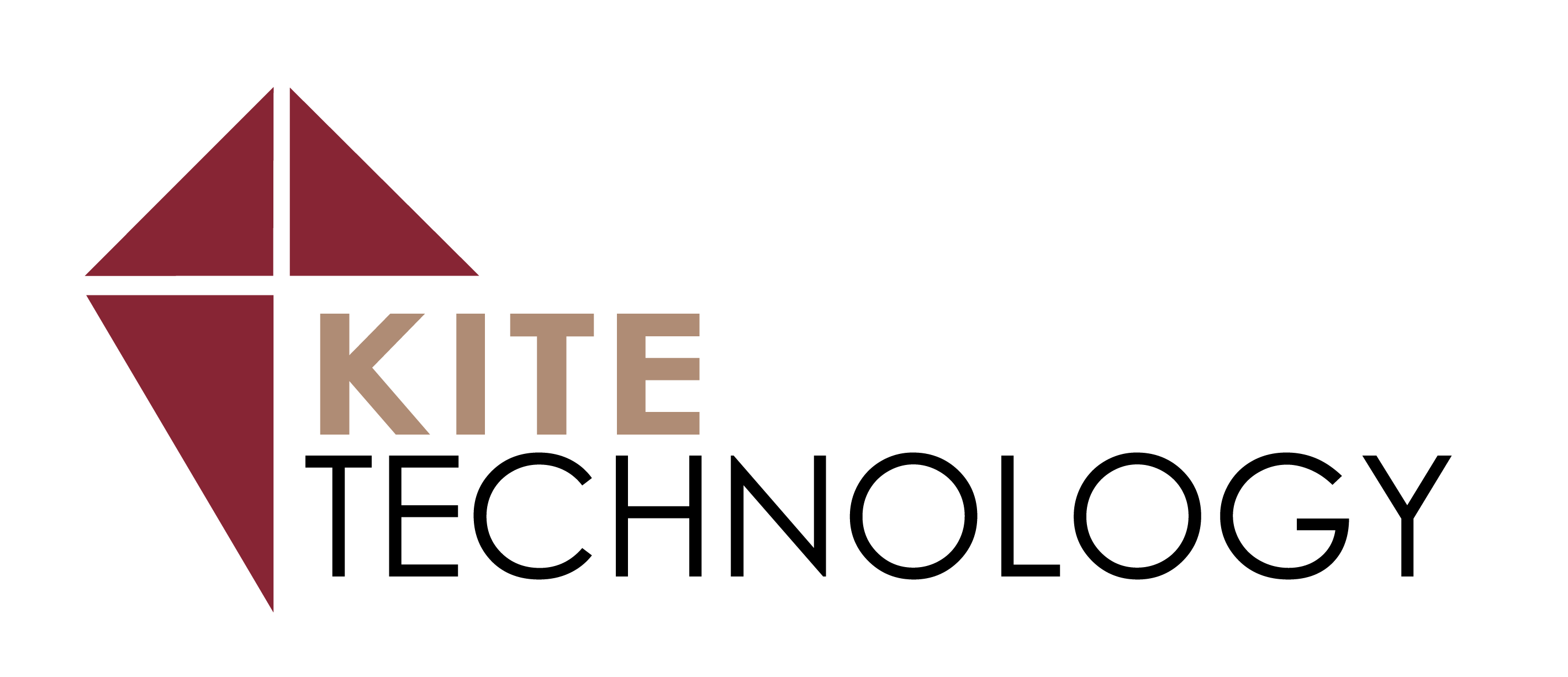Introduction
Have you ever had a message for your team or an individual on your team, and after you said it, you felt like it didn’t land the way you intended? You may have left the conversation feeling like you said exactly the right thing, but, still, something didn’t feel quite right. In my experience, this is most likely not due to the words you chose to deliver the message, but rather the way it was delivered. While it is, of course, hugely important to focus on the actual words you use when communicating, I feel it is equally important to focus on what’s beyond your word choice. The two other primary elements of communication that are vital to getting your message right are tone and body language. In this last article of our 2023 blog series, Resolutions for Leading Your Team Better in 2023, we will take a deeper look at communication beyond your choice of words and explore the important roles that tone of voice and body language play in expressing a clear message.
The Role of Tone in Communication
We’ve all heard the phrase, “It isn’t what you said, it’s how you said it.” Tone of voice is always at play whenever you deliver a message verbally, and usually it tells more about your true feelings than your words themselves. The good news here is that, if you truly believe in the message you are delivering, your tone of voice often naturally matches your message. This is why it is never a good idea to express a message you don’t truly feel. Aside from the fact that it is simply dishonest, your tone of voice will probably betray you.
Even though your tone of voice often naturally follows your true intent, it is still a good idea to have some self-awareness in the tone you are using. Below are some recommendations related to tone of voice that can go a long way in improving your communication.
Avoid Monotone
Inflection is important in communicating effectively. Anything you say in a monotone voice will sound devoid of any true conviction, so it will likely sound disingenuous. Your main points should be spoken with more emphasis, perhaps at a higher volume. Questions, whether rhetorical or not, should have an inflection that makes it obvious. You want your audience to know exactly how you feel, and using monotone will only leave them wondering.
Avoid Script-Reading
It is typically not a bad idea to rehearse your message in some way before you deliver it. Sometimes it even helps to write it down and practice from it. In the case of a spoken presentation, you probably will have some sort of script written that you can practice from. The danger is, if you sound like you are regurgitating something that was prepared beforehand, it can sometimes weaken your message. Even if you have read your script a hundred times, when it comes time to deliver your message, it should sound somewhat like it is coming off the top of your head. There is a big difference in how your message will be received if it sounds like it has been rehearsed compared to if it sounds like it is “coming from the heart”.
Use Pauses Effectively
When delivering a message, sometimes leaving empty space helps add emphasis. If you are trying to make a strong point, say it strongly, and then pause. This empty space will give the audience time for it to sink in. If you just move right on to your next point, your audience will move on with you, and they will lose the impact of the strong point you are trying to make.
The Role of Body Language in Communication
Have you ever needed to have a conversation with someone, and you felt like you preferred to talk to them in person rather than on a phone call? The reason is that body language is a strong element of effective communication, and it is entirely lost on a phone call. Even a video call can convey body language, so I personally suggest that if it is not possible to be together in-person, at least use a video call so you can still be face-to-face. Here are some ways that body language can come into play when communicating.
Maintain Eye Contact
Maintaining good eye contact in a conversation with someone helps communicate that your full attention is on them. If you are looking elsewhere, it indicates that your mind is at least partially elsewhere as well, which can seem disrespectful. Prolonged eye contact can sometimes be uncomfortable for some people, but still it is always good to try to maintain good eye contact when communicating.
Move Your Hands
We all know some people who “talk with their hands”. The reason many people do this is because it can enhance your message. You often see presentations that use visual aids, and sometimes when this is not an option your hands can do the trick. Your hands can indicate size, order, and proximity, just to name a few. You can also use your hands to simply emphasize a point. If you use little to no hand movement, and then suddenly wave your hands dramatically, your audience will probably pay more attention to the point you just made.
Consider Your Posture and Positioning
We hear about how posture can help with back pain, but can it also help with your communication? There are some subtle ways that posture and positioning can help or hurt your message, depending on what it is. For example, if you are sitting across the table from someone, it can sometimes establish separation or authority, whereas sitting on the same side of the table might be better for establishing an environment of collaboration or equality. Likewise, if you are standing and your audience is sitting, it can convey a sense of authority, whether intentional or not. Finally, just like maintaining good eye contact can express a sense of undivided attention, so can the placement of your body and hands. If you want your audience to feel like you are fully engaged with them, make sure your shoulders are squared and you are facing them, and that your hands are placed in view, perhaps on top of the table.
Conclusion
It is worth repeating that I never suggest using tone and body language to help deliver a false message. If you are trying to send a message that you don’t really believe in, you should reconsider whether it is the right message to send in the first place. Rather, I am hoping that you will reflect on how your message is impacted by your tone and body language and spend some time to make sure it is in line with your intentions. These crucial elements of communication are too often ignored and can sometimes be the decisive difference between an ineffective message and one that is clear and compelling.
If you missed any of our previous articles in our 2023 resolutions series, you can check them out here:

Daniel Gilbert
Chief Operating Officer
Kite Technology Group









